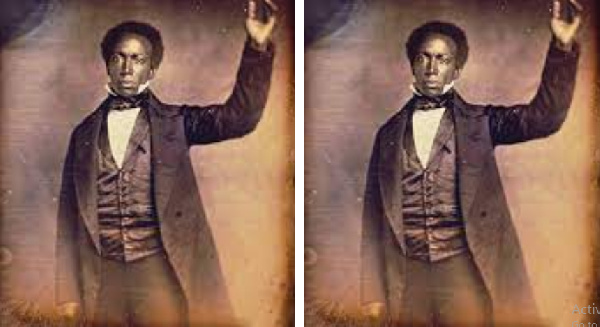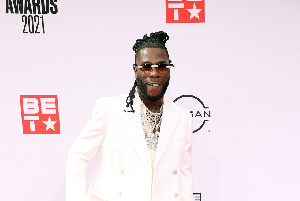Here’s the first African American photographer who documented the lives of the Liberian middle class in mid-1800s

There was however a gap in the diffusion of this technology in the establishment of African photo studios and their usage by the populace. Better late than never, the first studios emerged in parts of Africa in the mid-1800s. Though temporarily established, they opened doors for individuals who were dedicated to revolutionizing the phase of photography on the continent.
One of such individuals who pioneered the wave of photography across key parts of West Africa was African American photographer and daguerreotypist, Augustus Washington; who was disheartened by the treatment of African Americans in the United States and decided to move to the West African nation of Liberia.
The first thing he prioritized once he arrived in its capital city, was to document the early history of Monrovia; which culminated in the opening of his first photo studio in 1853, according to MeT Museum. His goal to help other African countries experience the beauty of photography did not end in Monrovia, in 1860, he opened another photo studio in Senegal.
In addition to laying the foundations for photography in these West African nations, he trained a number of photographers, such as Sierra Leonean, Francis W. Joaque, and the Gambian, John Parkes Decker, to expand the base of professional African photographers. The Africans perfected the art of photo-taking and worked for both European and African patrons.
The benefits of Augustus’ pioneering works paved the way to document the lives of the Liberian middle class. His desire to settle in Liberia was mainly driven by his parentage; his father was a former slave and his mother was from South Asia. Born on September 21, 1820, in Trenton, New Jersey, he had a turbulent early life due to the passing of his mother and later had to live with his stepmother who was also a former slave. According to sources, his elementary education was jerky, primarily due to limited funding to sponsor him.
Augustus was however able to pull through the education ladder as a result of the support of abolitionist friends who raised monies on his behalf, which he used to fund his tuition at Kimball Union Academy and Oneida Institute. Remarkably, he made history by becoming the first African American to attend Dartmouth College in 1843 but eventually had to drop out because of piling debt and a lack of funds to further his tuition.
By this time, he had mastered the use of the daguerreotype, a method of photography credited to the inventor of the first camera, Louis-Jacques- Mandé Daguerre. While Augustus taught at the North African School in Hartford, Connecticut, he made extra income by taking photographs. Finding the business profitable, he opened his first studio in Hartford. In 1850, his studio was named one of the best in the daguerreotype method.
At the peak of his career, Augustus was lauded for his attention to artistic detail, a skill that enabled him to produce breathtaking photographs. Looking at the talents of African Americans during that period, he felt they deserved better. He strongly believed in the view that the only way diasporans could be free was to live on African soil. He moved to Liberia with his family after this epiphany in 1853.
He was actively involved in the political affairs of Liberia and eventually rose to become one of its members in the Senate and House of representatives. Augustus passed away on June 7, 1875, a passing that was considered a big blow to Africa.
Source: face2faceafrica.com





